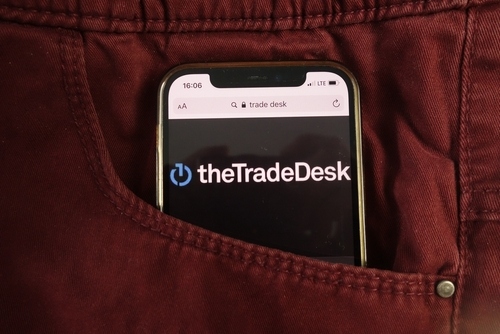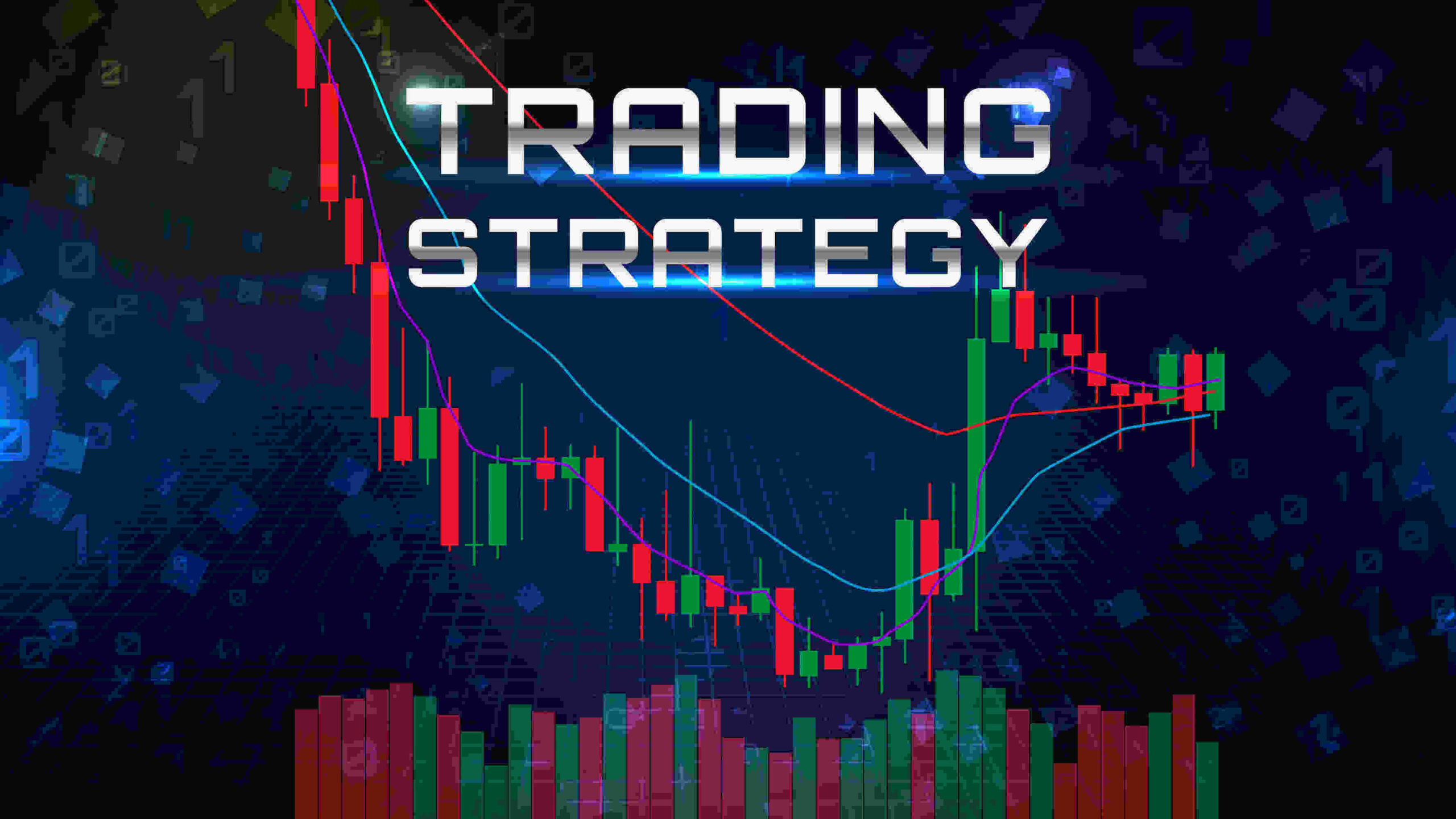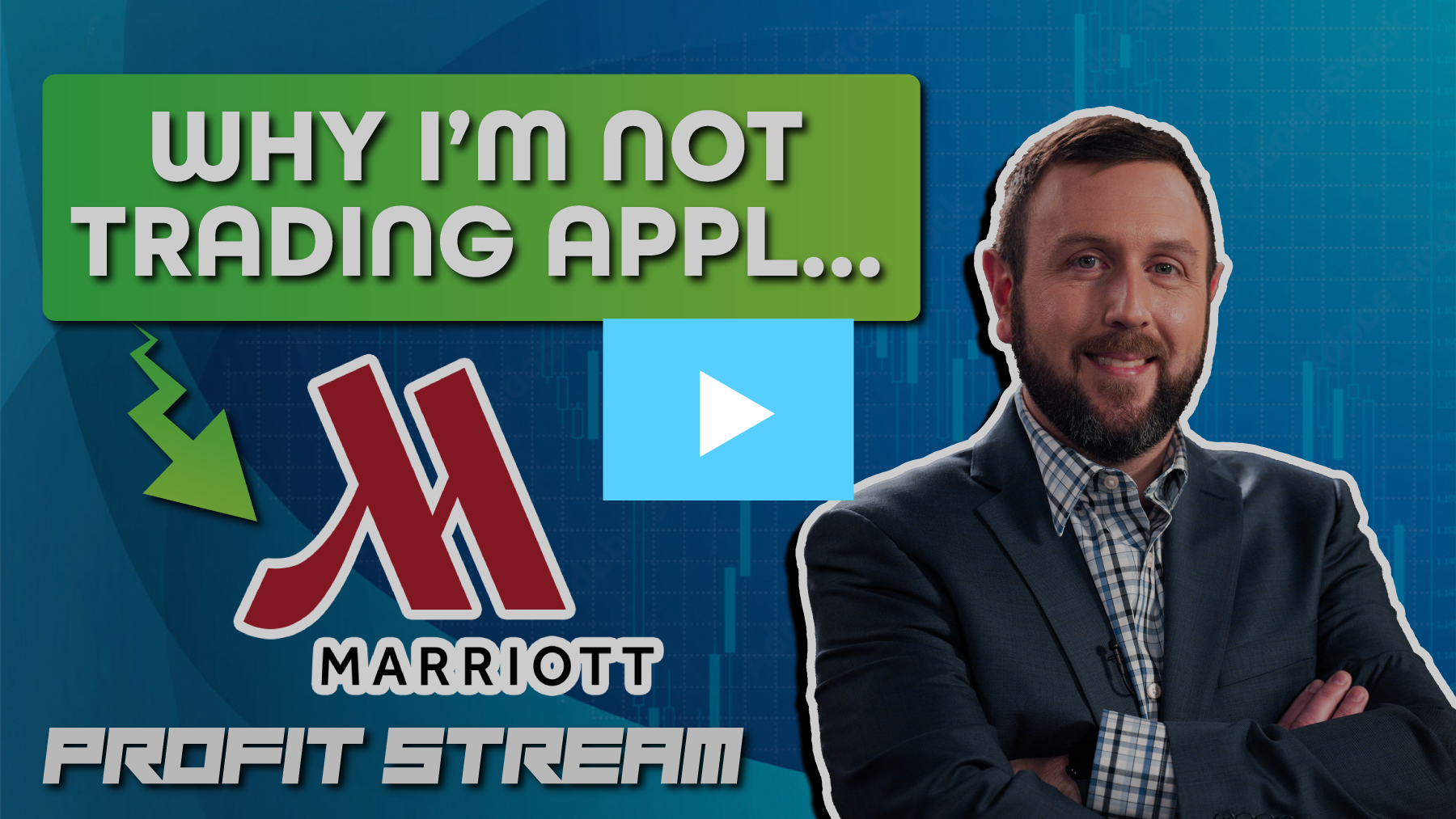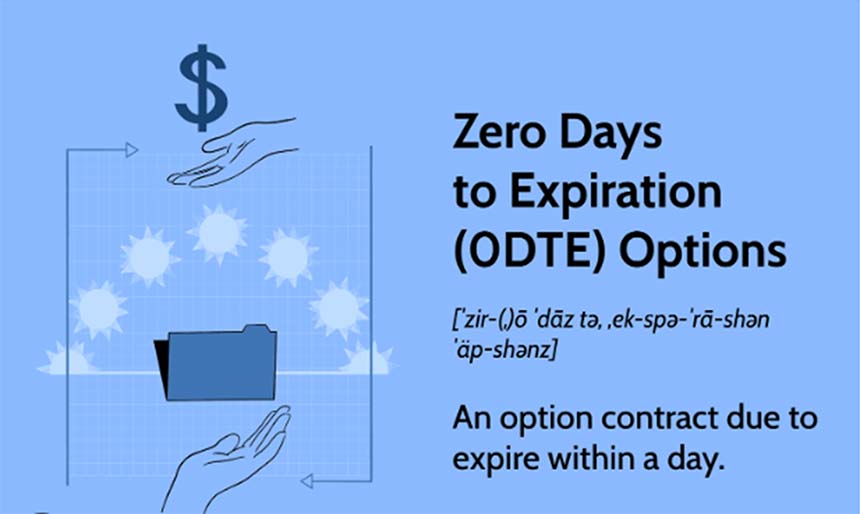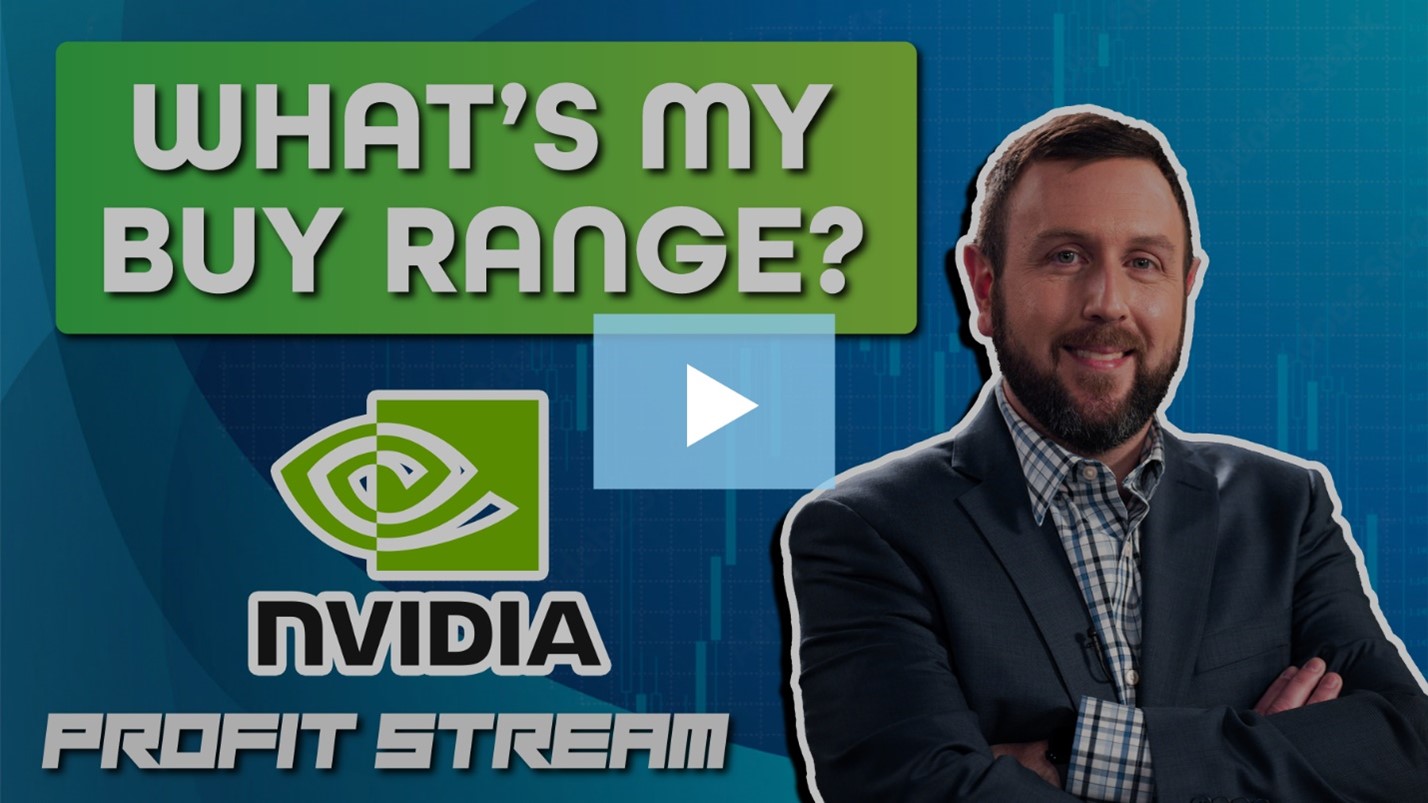The Best Way to “Disaster Hedge” Right Now (Part 1)
This is a two-part series on hedging. Hedging is probably the second-most-important lesson in investing, with position sizing being the most important.
You hedge against the unknown and the “maybe” known. For example, this is a very important year in politics and health. How they both play out could have major consequences for the years ahead.
Is your portfolio ready for the volatility ahead? If not, there’s still time to prepare.
Hedges will lose most of the time. They’re insurance against the “big one,” just like your homeowners policy. Yet, when you lose money each year on your insurance policy, you consider it money well-spent. When you lose money in The War Room on a hedge, it suddenly becomes an unacceptable loss. Hedges are a cost of doing business. If you have nothing to hedge against, don’t use this strategy. So instead, I will share different ways you can hedge depending on your risk tolerance and funds available…
Tail Risk Hedge
This is my favorite hedge. It creates a line of protection against a black swan event, an unpredictable event of serious magnitude (see March 2020). There’s a lot of theory behind it, but I will try to give you the nuts and bolts. You will want to implement this strategy when the VIX moves between 35 and 40. Calculate how much you have invested in all your stocks. You multiply that by a half percent. That percentage is invested in S&P 500 put options (use the SPY) that are 20% below the current price and going out two months.
While this is not an everyday hedge, in the case of a very rare black swan event, your tail risk hedge should provide ample coverage to make up a big chunk of your losses.
Event-Based Hedge
It’s earnings season, and for the next 30 days, most companies will be reporting. You can hedge with puts on the SPY, calls on the VXX or puts on the QQQ that expire in mid-August.
The event-based hedge can be used for the elections as well, by trading index puts that expire after November 3.
I like to use spreads on the VIX by trading the VXX while selling calls to reduce my cost. So, for example, I will buy the $35 calls on the VXX that expire in mid-November and repeatedly sell $50, $60 or $70 calls against the position. I will always have a few calls that are uncovered. Usually, if you go out a month or two, you can pick up serious premium.
In Part 2, I will show you how to hedge against an individual stock that you may be heavily invested in. I’ll also explain why leveraged ETFs are not as easy to play as they seem on the surface.
Action Plan: The War Room is all about trading and making money. Hedging to prevent big losses is just as important as locking in big gains, and we take it very seriously in The War Room.
Join me now so that the next market hiccup doesn’t catch you with your shorts down!
More from Trade of the Day
The No. 1 Insider Stock for 2024?
Jul 26, 2024
Why I’m Buying This 3-month Trigger Catalyst
Jul 24, 2024
Jul 23, 2024


